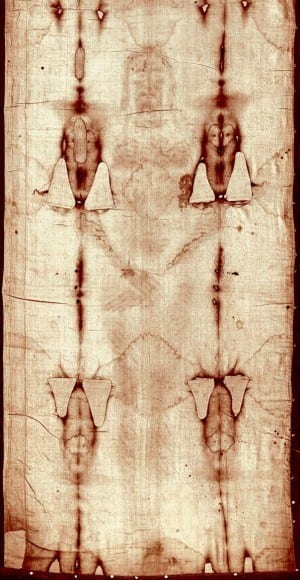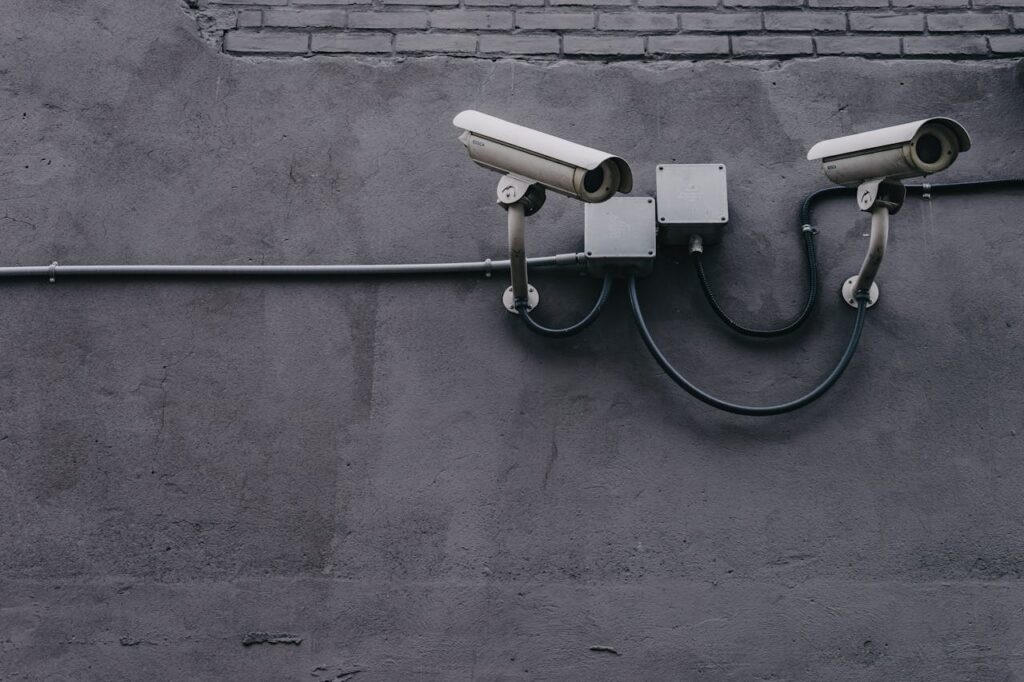
Shroud of Turin created by supernatural light
Researchers in Italy are debunking rumors that the Shroud of Turin is a medieval fake.
The Daily Mail reports that researchers have determined that the Shroud of Turin could not be a fake created by medival forgers. Instead, they say the Shroud of Turin was created by a supernatural “flash of light.”
Researchers from Italy’s National Agency for New Technologies, Energy and Sustainable Economic Development have spent years trying to recreate the Shroud of Turin and have determined that only something akin to ultraviolet lasers could have created the markings found on the Shroud. This is a technique that medieval forgers simply could not have employed.
The Shroud of Turin, thought to be the burial cloth of Jesus, measures 14ft by 3ft and depicts an imprint of a bearded man. The bearded man is believed to be Jesus and the imprint is believed to have beeen caused by a burst of energy that would have accompanied Jesus’ resurrection.
The Shroud of Turin remains a controversial relic. In 1988, radiocarbon tests on samples of the shroud at the University of Oxford, the University of Arizona and the Swiss Federal Institute of Technology dated the cloth to the Middle Ages, between 1260 and 1390. Those tests have been disputed on the basis that they were contaminated by fibers from cloth used to repair the shroud when it was damaged by fire in the Middle Ages.
What’s more, the twill weave used on the Turin Shroud was introduced more than 1,000 years after Christ lived.
Read more about the Shroud of Turin here.















